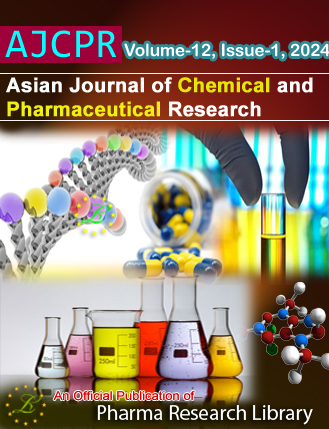A Review on recent developments in UV spectroscopy
DOI:
https://doi.org/10.30904/Keywords:
UV spectroscopy, Detector, Analytical, SpectraAbstract
Ultraviolet (UV) spectroscopy is a crucial and advanced analytical tool used in the pharmaceutical industry for over 35 years. This method analyzes compounds by measuring the absorption of monochromatic light within the near-ultraviolet spectrum (200-400 nm), particularly for colorless compounds. Pharmaceutical analysis involves procedures to assess the identity, strength, quality, and purity of these compounds, as well as the examination of raw materials and intermediates during drug manufacturing. The basic principle of UV spectrophotometry involves passing light of a specific wavelength range through a solvent-filled cell, where a photoelectric cell converts the radiant energy into electrical energy, measured by a galvanometer. UV-visible spectroscopy is commonly used to obtain the absorbance spectra of compounds in solution or solid form.
Downloads
Published
Issue
Section
License
Copyright (c) 2024 Author

This work is licensed under a Creative Commons Attribution-NonCommercial 4.0 International License.

